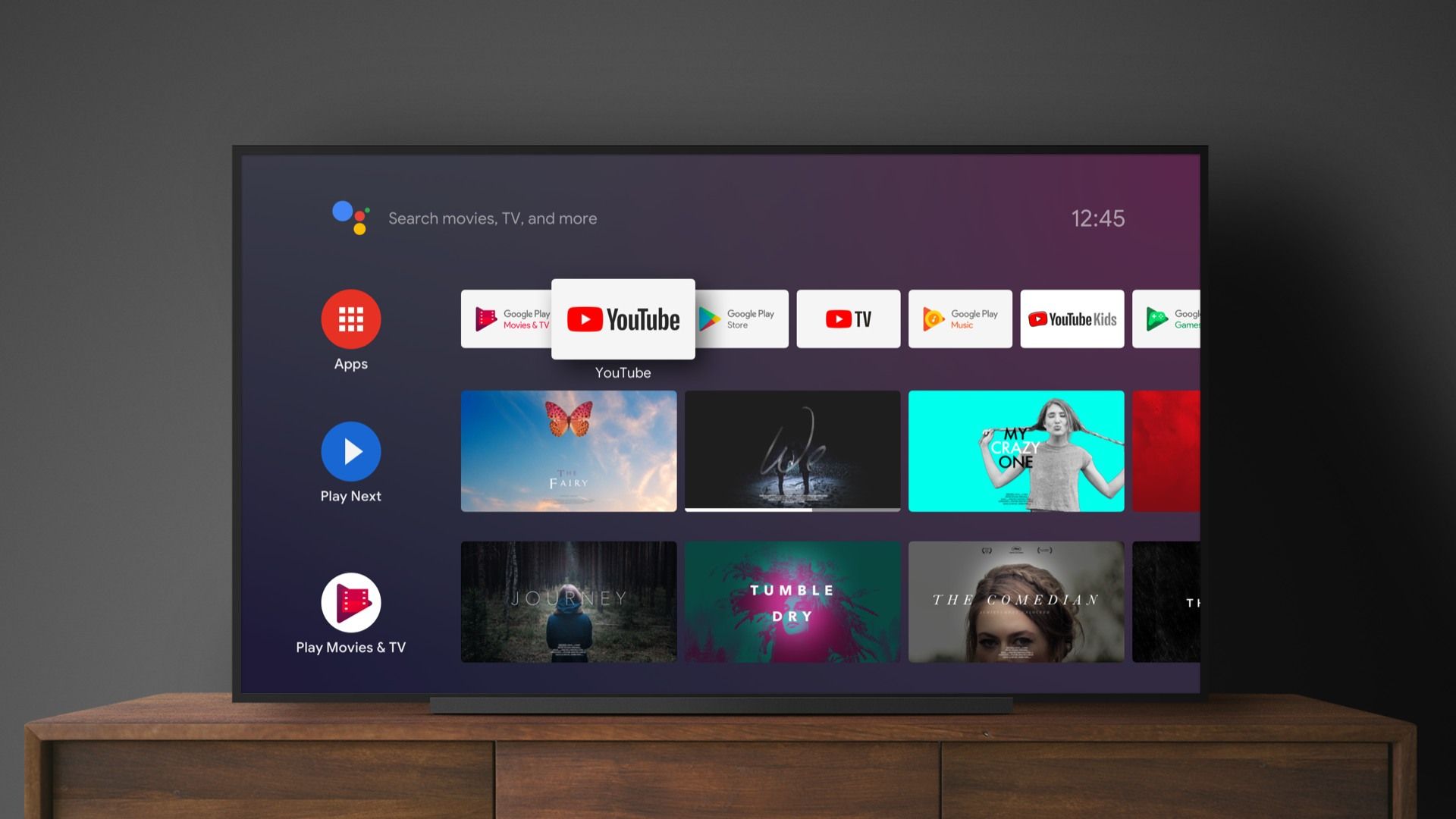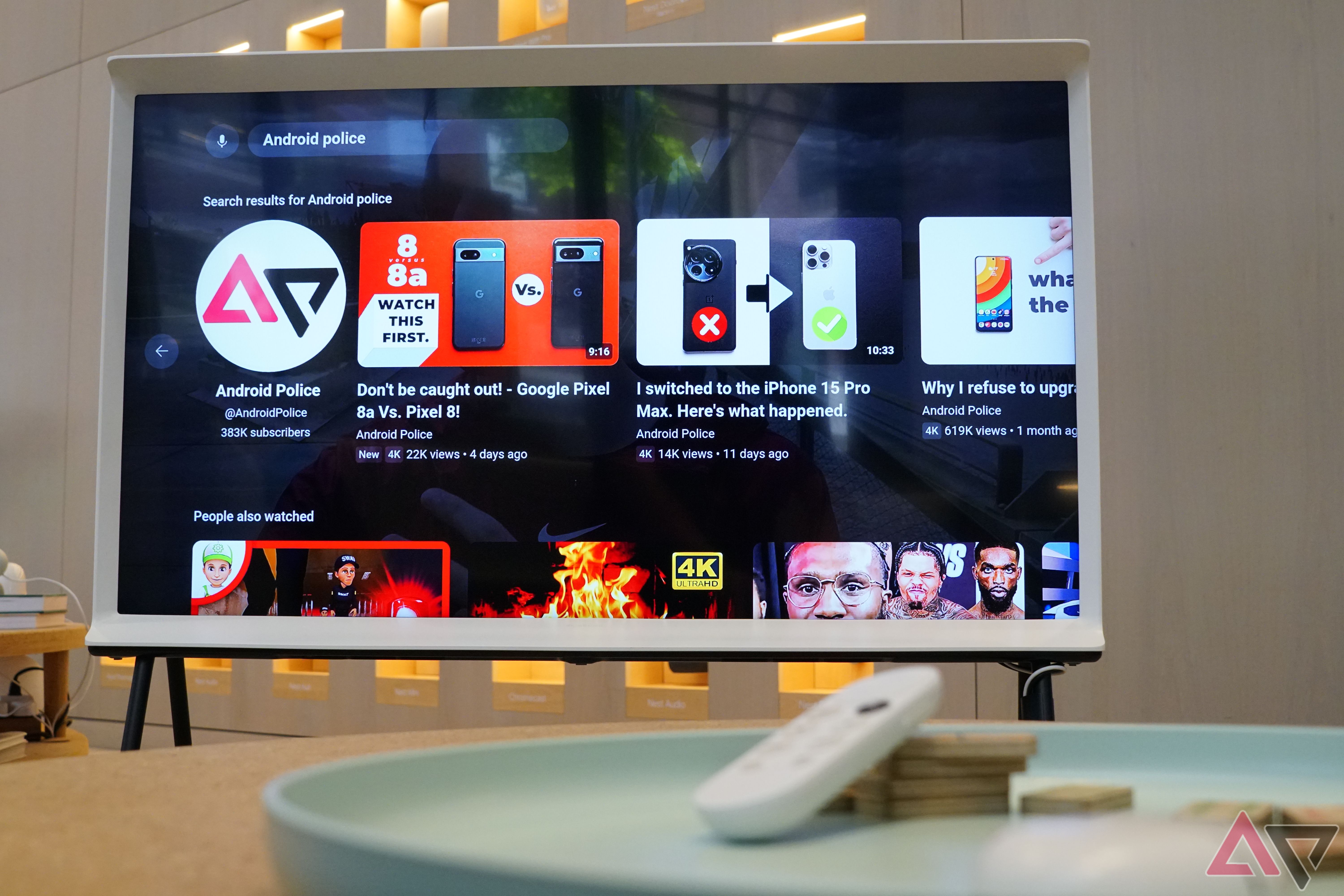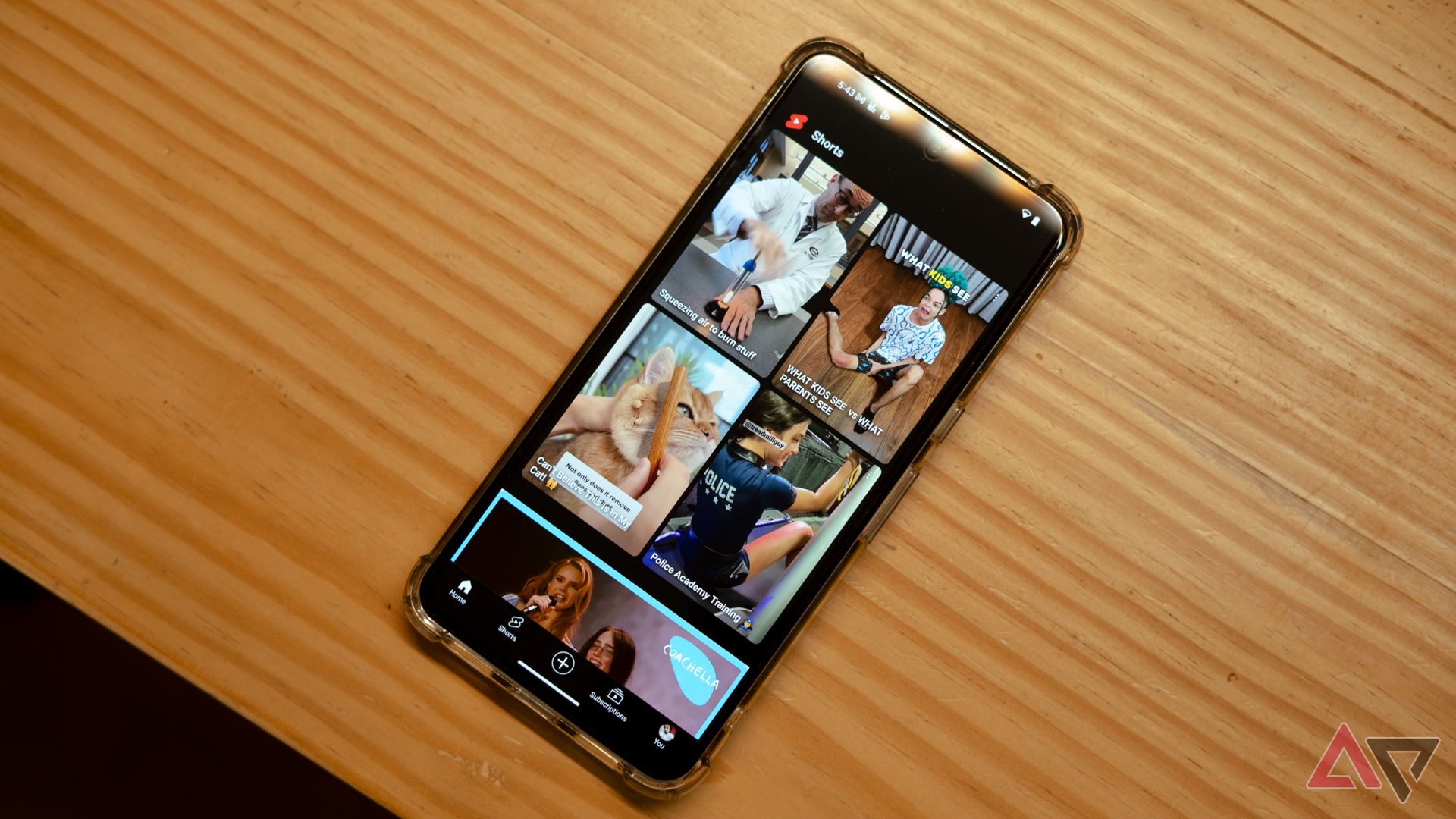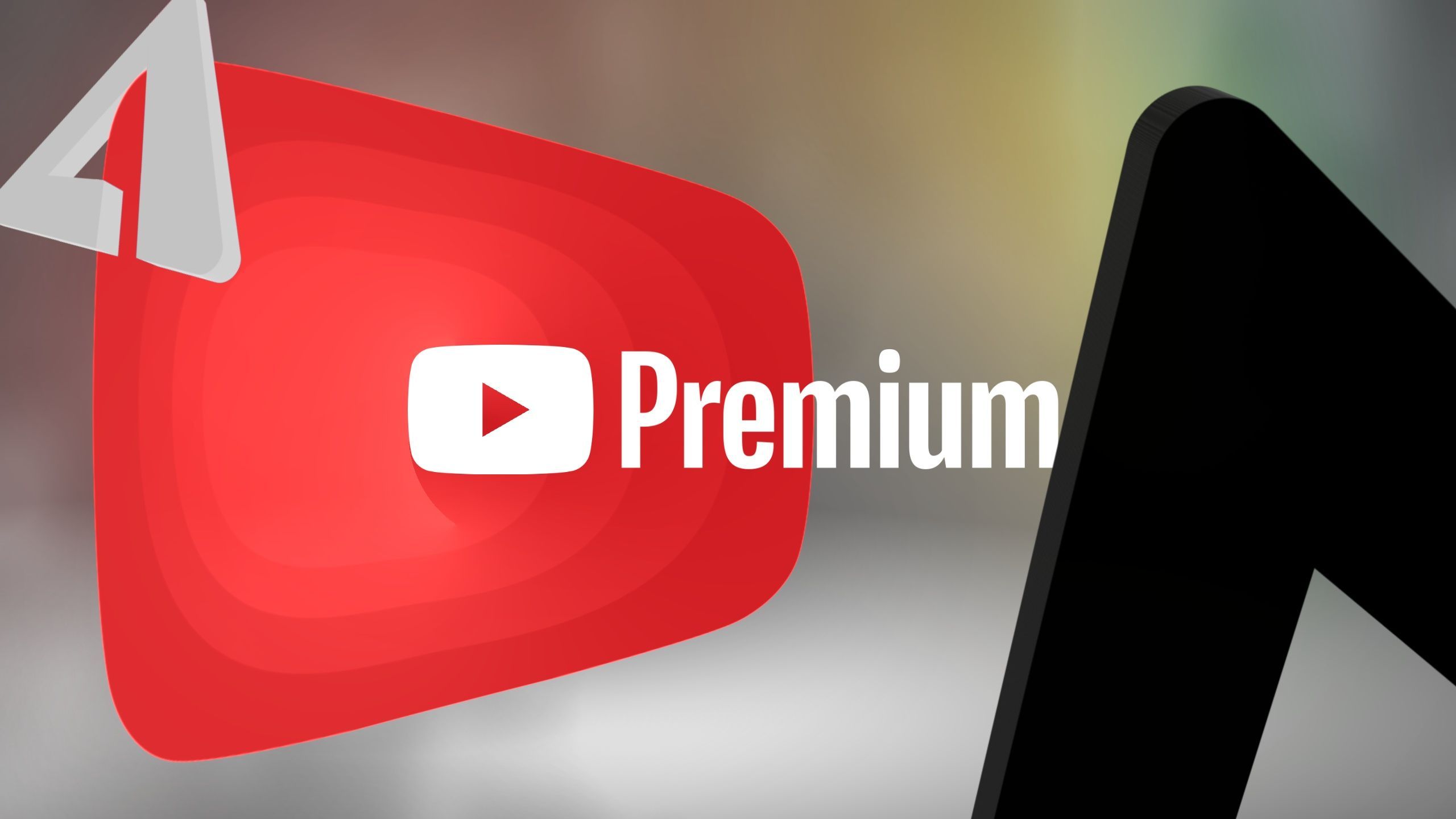YouTube has always been able to adapt to the dominant platform of the time throughout its 20-year life. From desktop PCs to mobile phones, (Remember how the original iPhone came with YouTube preinstalled?) it’s been a staple of our digital lives. But YouTube CEO Neal Nohan’s 2025 annual letter highlighted a fascinating fact; TV is now the primary device for YouTube viewing in the US.
If YouTube is now seen as a replacement for TV, this has unique implications for the platform, specifically YouTube Shorts. YouTube’s version of TikTok has become a unique way for people to discover long-form YouTube videos, rather than a direct replacement. But if more people are watching YouTube on their TV rather than their phones, where short-form videos thrive, where does YouTube Shorts stand in 2025?
Related
Google DeepMind’s version of Sora and Adobe Firefly is coming to YouTube Shorts
Make short work of Shorts
How are people using YouTube?
Podcasts and TVs weren’t central to YouTube’s original appeal
TV is the primary device for YouTube viewing in the US by watch time, viewers watch over 1 billion hours of YouTube content on TVs daily. While this might suggest a shift towards YouTube as a streaming channel, it’s not the whole story.
YouTube is also the most popular podcast-listening service in the US. The platform is used by 31% of weekly podcast listeners, thanks to creators uploading video recordings of the podcast to the platform. 84% of Gen Z monthly podcast users watch podcasts, they say video provides a better understanding of the content than just audio.
Nowhere in the Edison Research report does it mention what platform people are listening to podcasts on, but it serves to highlight how the landscape of YouTube is changing.
YouTube now hosts feature-length films, full-length TV series, and talk shows. It’s a platform that rivals any streaming service in terms of volume of content. While the quality of content on YouTube varies massively, it’s clear that the platform has grown far beyond amateur videos recorded at the zoo.
However, the short-form content pioneered by TikTok is stronger than ever. Unfortunately for YouTube, its users still don’t consider its short-form content as a standalone feature.
Where does YouTube Shorts stand in 2025?
A discovery tool that doesn’t fit neatly into the growing popularity of YouTube on TVs
Neal Mohan’s annual letter points out that people do indeed watch Shorts on TVs, but he provides no numbers to clarify exactly how many. It’s theoretically easy to watch Shorts on TV; whenever I open my YouTube app on TV, I’m automatically shown a variety of recommended Shorts. While I’ve never watched a Short on my TV, some people certainly are. Views of YouTube Shorts on TV in the U.S. grew by more than 75% in the US over 2024. Again, Google doesn’t give us an actual number of viewers, the views could have grown from 100 to 175 for all we know.
Companies tend not to show numbers that make their services look bad; I doubt that YouTube Shorts are racking up massive view counts on TVs. While the service on all platforms boasts a massive viewer count, it’s impossible to identify how many of these come from TVs.
YouTube Shorts has trailed behind TikTok and Instagram Reels’s comment numbers and watch rate since its inception. However, its engagement rate and viewer counts are equal to or higher than the other platforms.
The high engagement rate and viewer count, but low comment numbers and watch rate indicate that people are primarily using Shorts to discover new channels. This aligns with my own use of YouTube shorts. While I’ve never tapped on the YouTube Shorts tab, I’ll occasionally watch a YouTube short recommended on the app’s landing page. They’re a great way to get a snapshot of a YouTube channel, but once I’ve discovered that channel, I tend not to return to their shorts.
YouTube Shorts is the best way to drive people to long-form content, but how does this sync up with YouTube’s exploding TV user base? Unfortunately, the statistics YouTube publishes don’t paint the full picture.
Do YouTube Shorts make sense on TV?
Not really, but they’re here to stay
Without official statistics, it’s impossible to say what the future of YouTube Shorts is. The growth in YouTube Shorts users is slowing down, but it’s too soon to say whether this is a trend or not.
Smart TVs are becoming more frustrating to use than ever. Google TV’s ads are increasingly becoming more prevalent and annoying, and AI-generated recommendations and summaries are features nobody asked for. YouTube throwing more Shorts recommendations at me on a platform that I never watch them on takes valuable space away from the videos I do want to watch.
Unfortunately, Shorts on TV is one of the service’s truly unique features. Even if the statistics show that few people use Shorts on TV, I doubt we’ll see them disappearing any time soon. Sure it makes less sense to watch YouTube shorts on our TVs than on our phones, but what makes sense rarely sees the light of day when it comes to modern services.
Related
4 reasons I continue to cough up $14 a month for YouTube Premium
YouTube Premium features, albeit expensive, save my mental health






